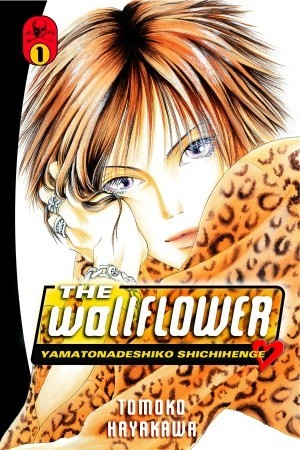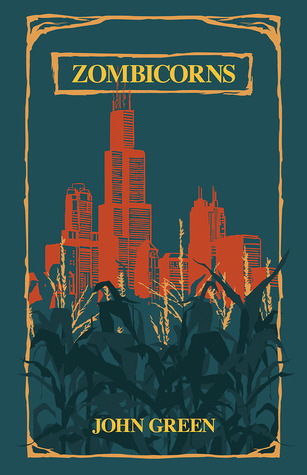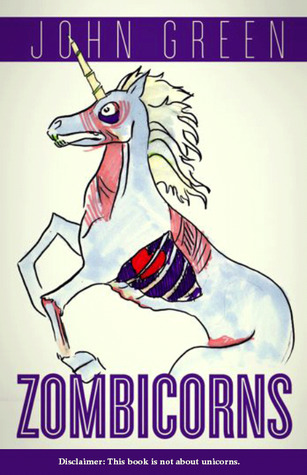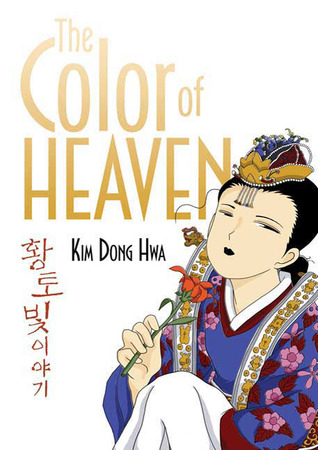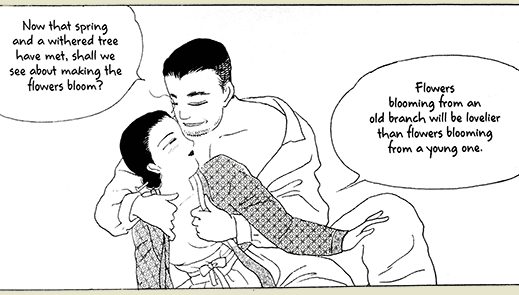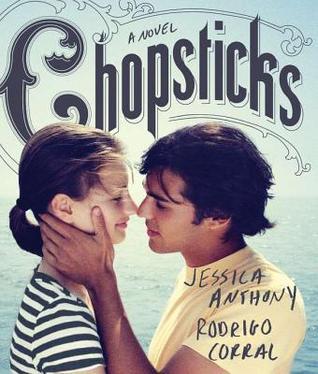 Description: After her mother died, Glory retreated into herself and her music. Her single father raised her as a piano prodigy, with a rigid schedule and the goal of playing sold-out shows across the globe. Now, as a teenager, Glory has disappeared. As we flash back to the events leading up to her disappearance, we see a girl on the precipice of disaster. Brilliant and lonely, Glory is drawn to an artistic new boy, Frank, who moves in next door. The farther she falls, the deeper she spirals into madness. Before long, Glory is unable to play anything but the song "Chopsticks."
Description: After her mother died, Glory retreated into herself and her music. Her single father raised her as a piano prodigy, with a rigid schedule and the goal of playing sold-out shows across the globe. Now, as a teenager, Glory has disappeared. As we flash back to the events leading up to her disappearance, we see a girl on the precipice of disaster. Brilliant and lonely, Glory is drawn to an artistic new boy, Frank, who moves in next door. The farther she falls, the deeper she spirals into madness. Before long, Glory is unable to play anything but the song "Chopsticks."Stats: YA Graphic Novel, 272 pages, Published by Razorbill, February 2012 .
My Rating: 3 STARS
You have a story. How do you chose to tell it?
Chopsticks is the kind of book you read more then once in a single sitting, well technically not read per say, but the type of book you observe multiple times.
This book is about more then just words on a page, instead Chopsticks chooses to tell its deceptively layered story through images and emotions instead of just plain old text. These various photographs, letters, paintings, drawings, and mementos tell a chronicle of Gloria "Glory" Fleming, a young piano prodigy, and her great young romance with her neighbour Francisco Mendoza. But there could quite possibly be more then meets the eye when it comes to the real narrative being told. There are two very different sides to this story and the only thing that matters in the end is which side you choose to believe.
My hat is truly off to these creators! This form of creating a story must be no small feet to do. I can't imagine the work that must have gone into collecting all the resources and putting something this complex together. What might seem like a simple structured story takes on new meaning when every detail must have been planned and scrutinised again and again before this ever made it to print.
But with all that out of the way, let's get to the nitty-gritty of things. I liked the book, but it didn't completely amaze me. It was fun to flip through and interesting enough that the characters sucked me into their world, but Chopsticks is not without its detractors.
For one, I can't see this being particularly memorable on the whole. I know I'll remember that I once flipped through a book that was told through images instead of words, that will stick with me, but I don't know if come tomorrow morning I'll still care about Gloria and Francisco. This felt like just a tiny little blip on my radar compared to the feeling I get when I read a novel, or even a graphic novel, that I find equally interesting and compelling.
Another really major issue I had was that just by the nature of the medium, the scope of the story is very narrow. It's sort of like staring down a cardboard tube. You can see a tiny part of what you know is there, but your brain will have to fill in the rest and build extra dimensions to a two dimensional story. Now, the more you understand story structure and characters the easier this will be, but I found myself having a lot of trouble at times with the limitations of a story with such a very selective perspective. It made it less believable, less engrossing, that I didn't have any sort insight into anything but the three characters the book offers.
Needless to say, this book has me a little mixed. I liked it and while reading it I really liked it, but the longer I let it sit the more I have to go back to it and refresh my memory. I have a feeling this is something I'll come back to a few times in the next couple of days to re-experience, but it just doesn't have the long-lasting emotional pull that I expected it to have. Still, it was a amazingly told recount and has more then enough merit to recommend to anyone to just take an hour to look at it.
Normally for reviews of graphic novels I include images from the book, however in the case of Chopsticks this simply won't do. Instead I've managed to stumble upon a video book trailer from PenguinYoungReaders to give you a sneak peek of what to expect without giving anything away. Enjoy!
